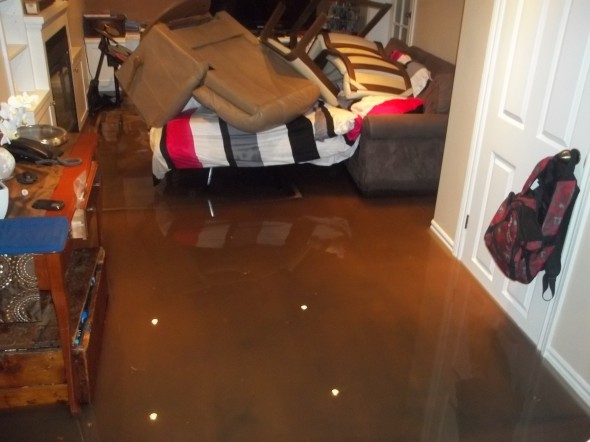 While preparing our recent story about local basement flooding titled Q & A with Toronto Water, we received a request from the city of Toronto’s water department, asking if they could write a post that would appear in Birch Cliff News.
While preparing our recent story about local basement flooding titled Q & A with Toronto Water, we received a request from the city of Toronto’s water department, asking if they could write a post that would appear in Birch Cliff News.
Due to the severity of the situation, we have agreed.
We’ve also agreed because we believe in dialogue — if you’ve got something you want to say, scroll to the bottom and leave a reply.
The post written by Toronto Water can be found below.
What homeowners need to know about basement flooding
Over the past three decades, Toronto has been experiencing more severe and sudden storms, with higher rainfall. Most recently, on July 15, 2012, Toronto experienced a severe rainstorm that resulted in many basement flooding complaints reported by residents.
During heavy rainstorms, basements can flood for a number of reasons. Water can enter your basement through a leak in your home’s foundation, basement windows, or doors. Poor lot drainage, overflowing eavestroughs and even leaking or plugged downspouts can also result in water making its way into your home. While the City’s sewer system can handle most storms, the most severe storms can overload the sewer system causing streets to flood and excess water to pool in low-lying areas. Such storms can also force wastewater back through the sewer pipes where it can enter homes through floor drains or other plumbing fixtures in the basement.
The City of Toronto is taking action to help prevent basement flooding. The City has a Basement Flooding Protection Program and is undertaking studies in 32 chronic basement flooding areas across the city to investigate and recommend solutions to help prevent basement flooding. Since 2009, the City has been implementing sewer infrastructure improvements recommended in the basement flooding studies such as upgrades to the sewers. Many projects have already been completed and the City has dedicated $743 million over the next ten years to implement future basement flooding protection projects across the city.
In the meantime, the City also undertakes regular inspections, cleaning, and maintenance of over 10,000 kilometres of sewer pipes to ensure that the system operates smoothly. The City also has a by-law requiring homeowners to disconnect their home’s downspout from the sewer system, where feasible.
While the City of Toronto is working to make improvements to its complex system of underground pipes, sewers and catchbasins, these improvements alone cannot completely protect a home from basement flooding. It is important that property owners take actions to reduce the risk of basement flooding on their property. To help property owners, the City has a Basement Flooding Protection Subsidy Program, which offers a financial subsidy to homeowners of up to $3,200 per property to install flood protection devices including a back-water valve, a sump pump, and pipe severance and capping of the home’s storm sewer or external weeping tile connection.
In fact, there are a number of actions that property owners can take to help reduce the risk of basement flooding:
- Disconnect your downspouts so that rain and melted snow can be absorbed into the ground and not added to an overloaded sewer system. Make sure your disconnected downspouts are 1.8 metres (six feet) from your basement walls and are draining properly.
- Reduce the use of household water appliances such as washing machines and dishwashers during heavy rainfall.
- Consider installing a backwater valve, as well other flood protection devices, within your drainage system to prevent the sewer from backing up into your basement. The City’s Basement Flooding Protection Subsidy offers homeowners up to $1,250 per household to install a backwater valve.
- Regularly clear your eavestroughs and downspouts of leaves and other debris.
- Be sure the grading around your home drains water away from all exterior walls and does not affect neighbouring properties.
- Have a plumber/drain specialist inspect your home’s flood protection devices, such as backwater valves, sump pumps, drains or caps, to ensure they’re working properly.
- Use soft-surface landscaping that allows stormwater to soak into the ground; for example, increased sodded areas and porous pavement.
- Do not pour grease down the drain or flush objects down the toilet as this can block your sewer connection.
- Redirect the foundation drains (weeping tile system) to the storm sewer. (In older homes, the system may be connected to the sanitary sewer.) A better environmental option is to pump the water to ground level for drainage away from the building wall. A sump pump would be needed to bring water to ground level.
If your home experiences basement flooding, call 311 immediately, 24 hours a day, seven days a week. Call your insurance company as soon as possible and report property damage caused by the flooding, and be mindful of health and safety when cleaning up your flooded basement.
To find out more about basement flooding prevention, the Basement Flooding Subsidy Protection Program, and what to do if your basement floods, visit the City of Toronto’s website at www.toronto.ca/water/basement_flooding.

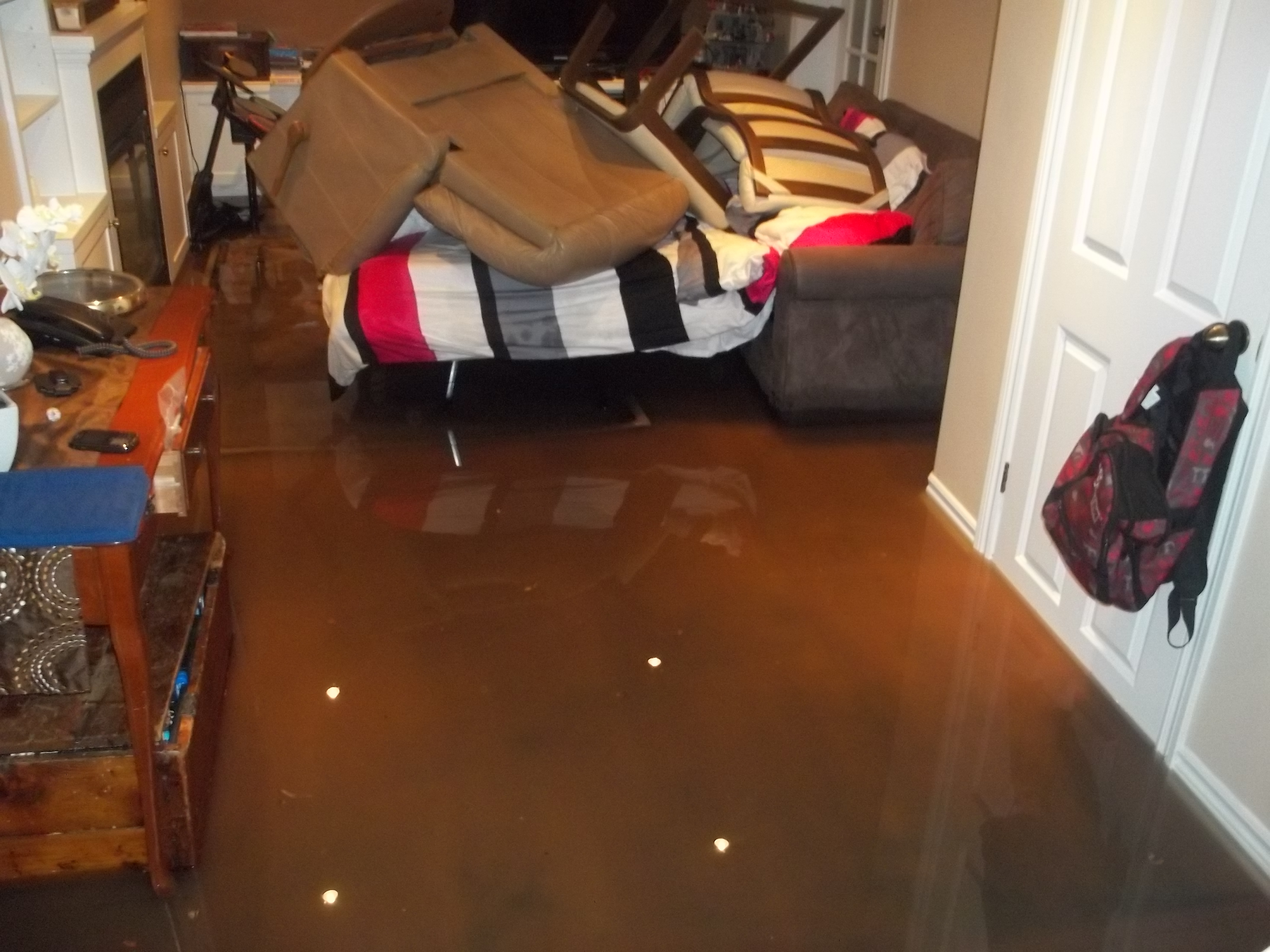
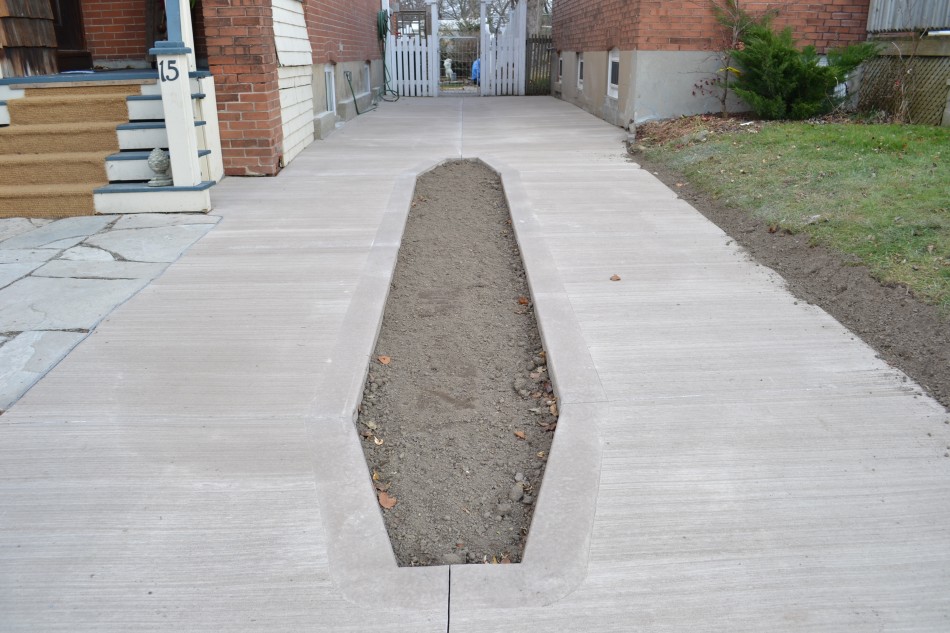
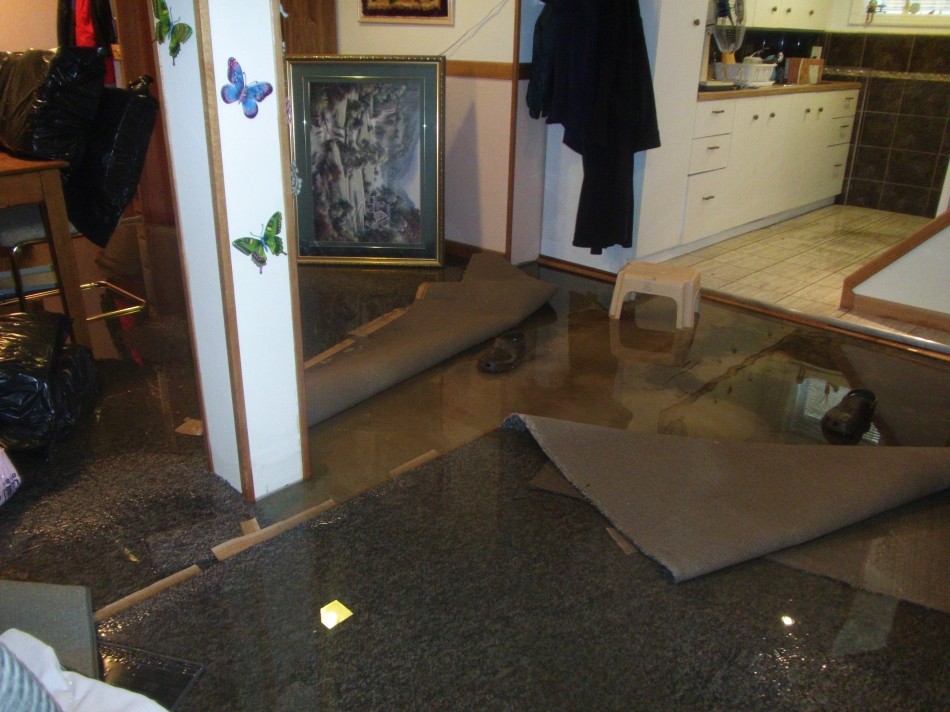


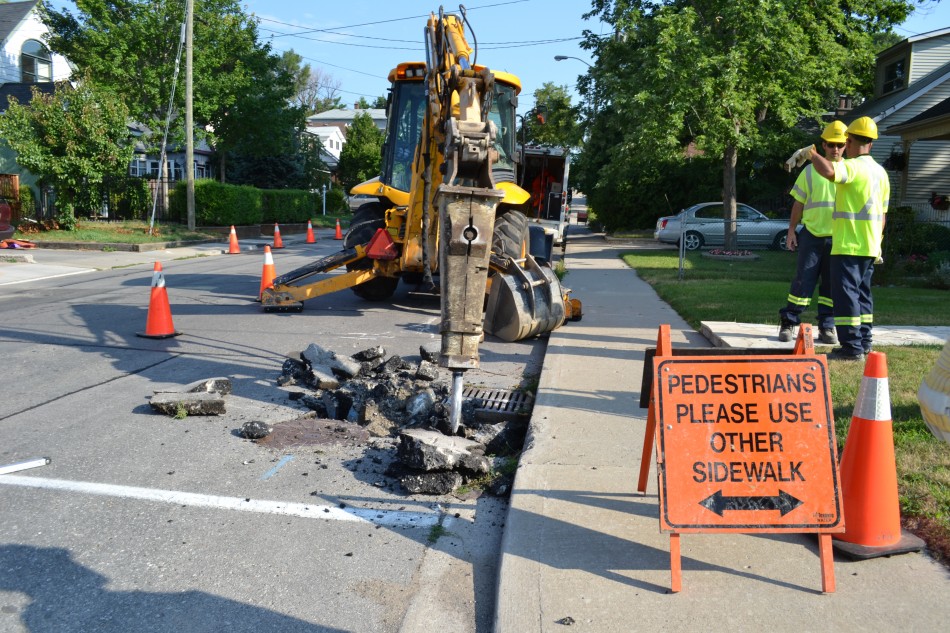
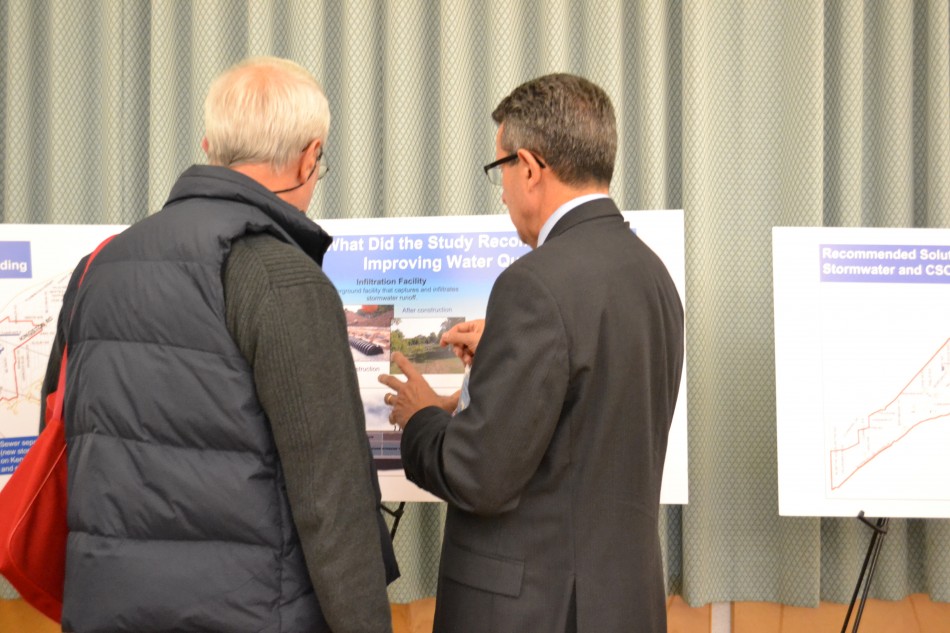
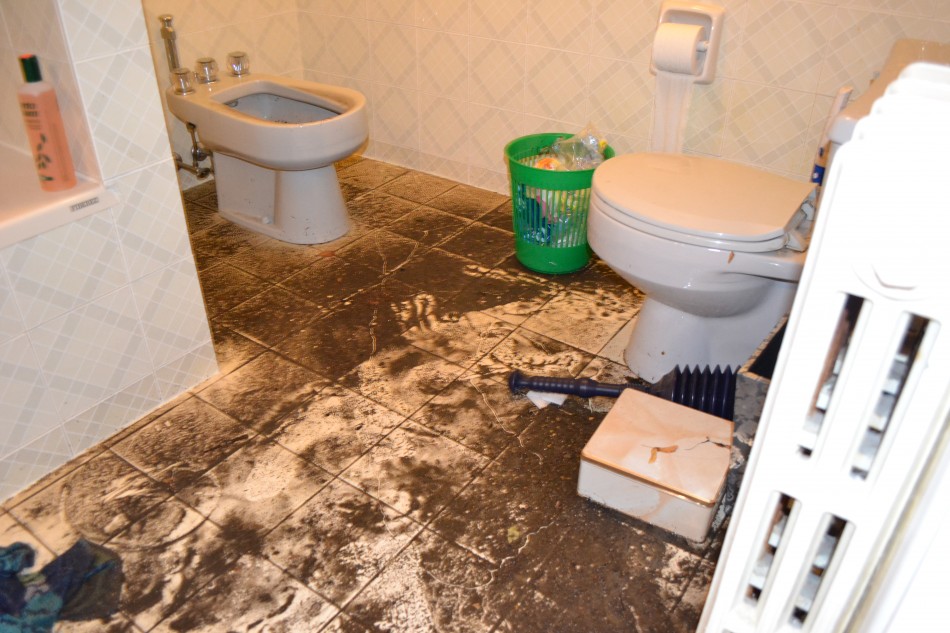
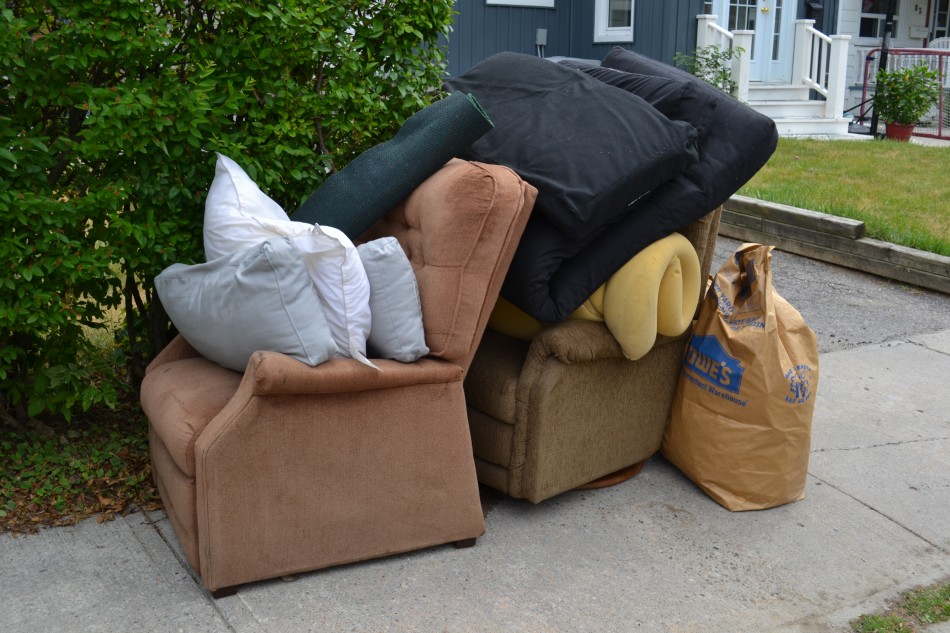
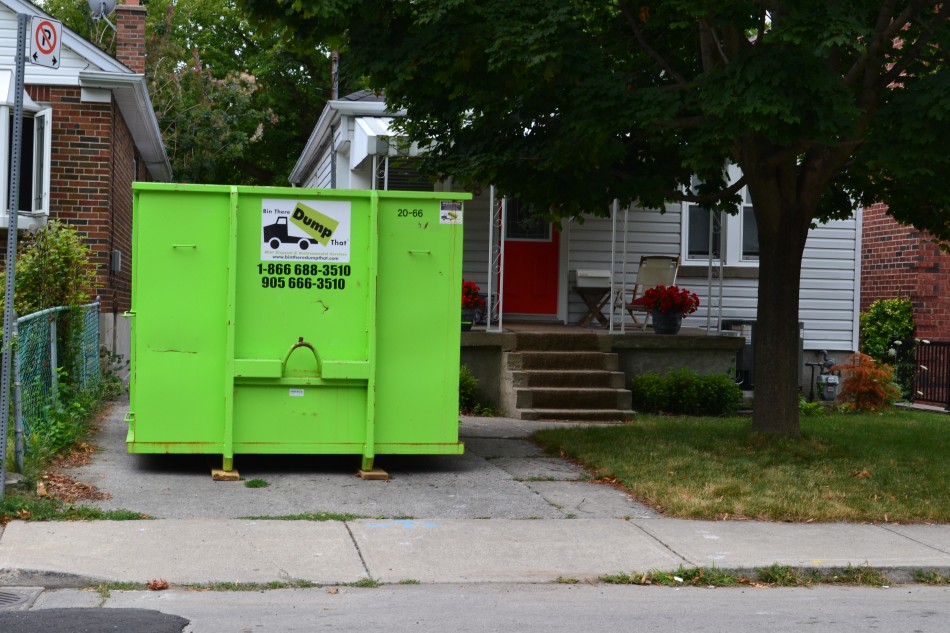
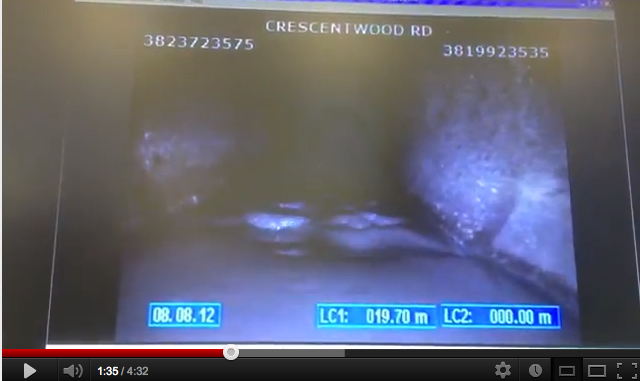
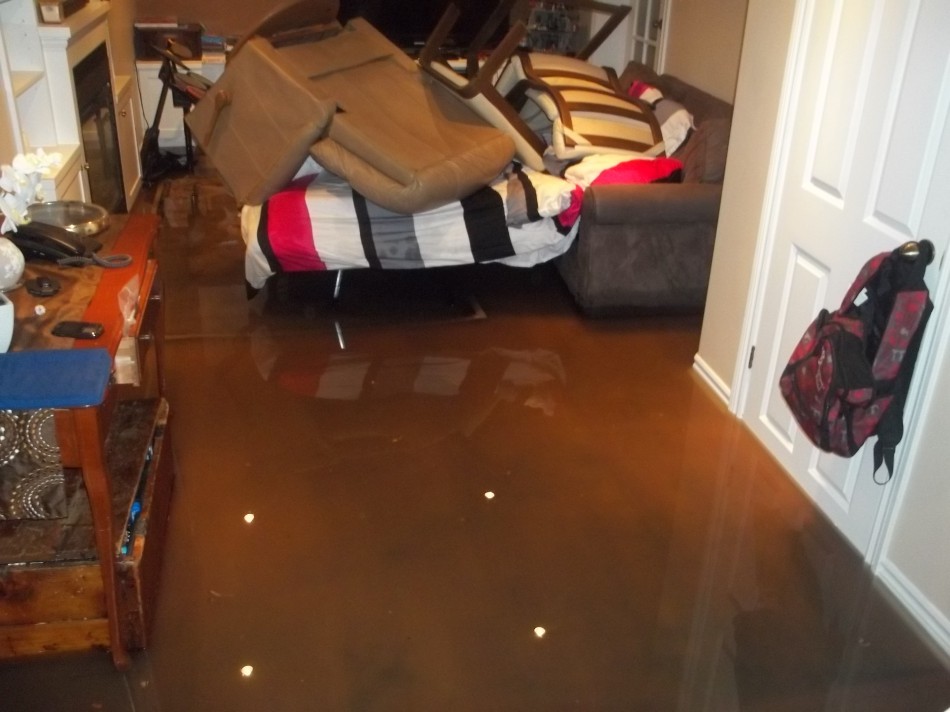
I appreciate the communication and recommendations for residents from the City’s Water Dept.
However, I want to reiterate what I conveyed to Mayor Ford and Councillor Crawford when they came to visit Kalmar Avenue last week:
The homeowners in Birchcliff and other areas who were hit in this horrific disaster should not be expected to pay over and over again for an increasingly outdated, unsafe and decaying sewage and water system that has failed time and time again.
While I appreciate this was an unsually heavy downpour, my street is patchworked with “fixes” from recent years, and even recent months prior due to ongoing problems.
WE ALREADY PAY:
** property taxes -which should pay for a safe and fully capable system which you would expect is being maintained and updated regularly to handle all the additional development in the areas surrounding us, and strong storms??
WE NOW HAVE TO PAY:
** insurance deductibles (some very high), on our insurance claims
** likely higher premiums
** total loss, with the possibility of not being able to add water/sewer damage if you don’t already have it on your insurance?
AND NOW… WE ARE BEING ASKED TO PAY:
Through the City’s Subsidy program; a portion of backflow valves and/or sump pump installation cost to protect ourselves from the City’s system that we’ve been paying for, for years???
If the City cannot get the streets recently devastated mapped out with a committment for re-construction over the next year, I believe the City should cover THE ENTIRE COST for at least the backflow valve or sump pump as a stop-gap solution for those residents hit in this recent disaster.
Everyone on Kalmar Avenue is counting on Councillor Crawford’s, the Mayor’s and other Councillors’ promises verbally given to the media and to residents while touring, that they will find out what happened and prioritize fixing our sewage/water systems permanently, and we all want to hear what next steps are and when – not just what residents should do.
This was the City’s system failure, not the homeowners and we shouldn’t have to pay all over again to be safe!
C. Flear
Carolyn Flear is completely right. How many more dollars do we have to hand-out to make sure our homes will not suffer another sewage flooding.
In my case, this is our first flooding ever and I have been in my home for 22 years. I have spoken to countless residents in my neighbourhood who have also said they have never flooded before. Some have been living a quiet life here since 1956 and flooding was never part of their worry. I live in the Chine North area and truly the fear is that this will happen again, not next year but this summer. The fear is that when it rains, most of us go down in our wrecked and still very smelly basements and look for any back-up coming in.
This is not a good way of life.
I personally am asking this city of Toronto to come speak with us and hear our stories and our worries and then get it together and fix this problem indefinitely. I’m asking that we be told exactly what happened on July 15, 2012. No lies, no cover-ups, just the plain truth and then move forward and plan on a way to bring peace of mind back to the flooding victims.
No one has signed up for continual floodings when they spent thousands of their hard earned dollars to buy property in this neighbourhood. If I had wanted a contaminated swimming pool in my basement every year, I would have researched the highest at-risk flooding areas of Toronto and moved there.
In conclusion I am stealing Carolyn’s words by again saying, this was the City’s system failure, not the homeowners and we shouldn’t have to pay all over again to be safe!!
Immediate attention to repairs is our right to demand and I’m demanding that this city acts very quickly.
Marianne Mills